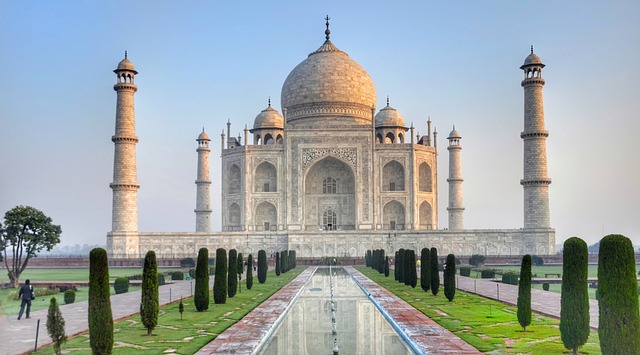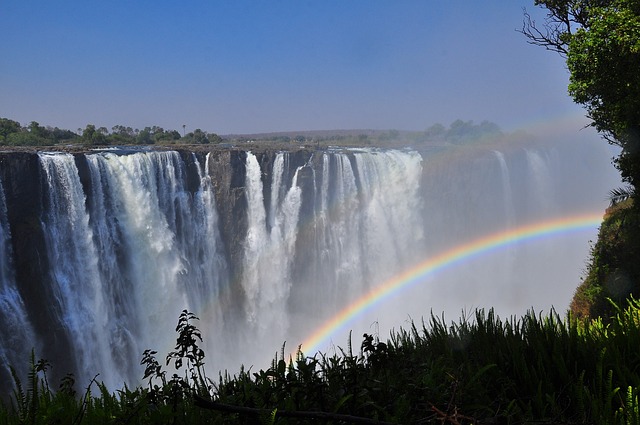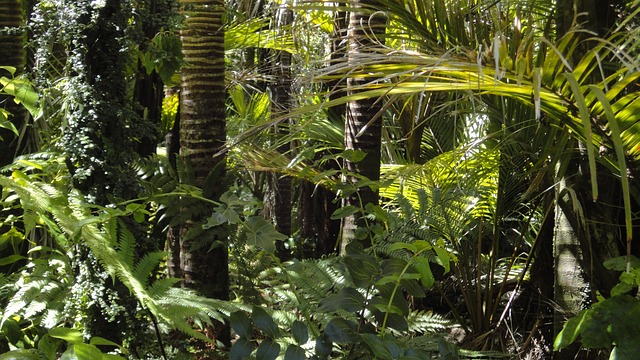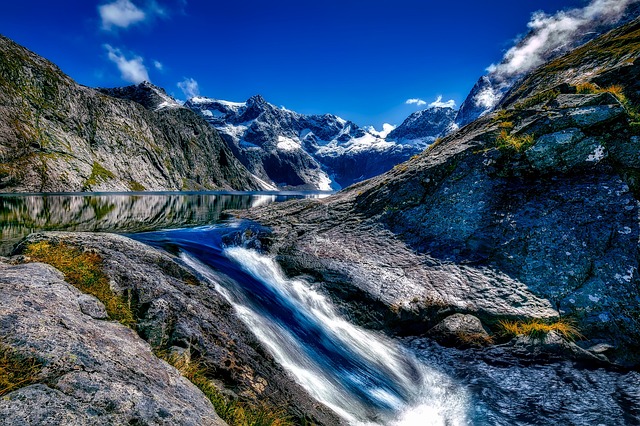Taj Mahal, India: Not Just a Fancy Tomb, but an Epic Love Monument!
Rising majestically on the banks of the Yamuna River, the Taj Mahal, a crown jewel of India’s cultural heritage, stands as a testament to timeless love and architectural magnificence. This ivory-white marble mausoleum in Agra, built by Mughal Emperor Shah Jahan in memory of his beloved wife Mumtaz Mahal, draws millions of eyeballs and footsteps from around the globe each year. The mesmerizing structure is not only a UNESCO World Heritage Site but also has been tugging at the heartstrings of romantics and connoisseurs of art since its completion in the mid-17th century.

Now, a visit to the Taj Mahal isn’t just about appreciating its physical beauty; it’s about immersing oneself in a story woven with love, loss, and legacy that echoes through its chambers and gardens. Architects and historians might throw around terms like “architectural symmetry” and “artistic marvel” but let’s be real—it’s like someone took all the stars from the sky and decided to build something on earth just to make the moon jealous. The sheer design intricacy and the shimmering effect of the marble as it reflects the sun, have garnered descriptions ranging from “a tear on the face of eternity” to “the embodiment of all things pure.”
Key Takeaways
- The Taj Mahal is a symbol of love and an architectural masterpiece in Agra, India.
- It narrates a story of love, grief, and grandeur, captivating visitors with its history.
- Conservation efforts highlight its significance and ongoing influence on art and culture.
History and Legends

The Taj Mahal is not just a testament to architecture but a love letter in marble. It embodies the romantic tale of a Mughal Emperor’s devotion to his favorite queen and stands as a pinnacle of Mughal engineering.
Tales of Shah Jahan and Mumtaz Mahal
Legend has it that Shah Jahan was head over heels for Mumtaz Mahal, whose name fittingly means “Chosen One of the Palace.” Their love story is the stuff of fairy tales, less flying carpets and more building mausoleums. She was his trusted companion and died in childbirth, which is when Shah Jahan’s sorrow became the world’s wonder. It’s said that the emperor could see the Taj Mahal site from his later residence at the Red Fort in Agra, perhaps reminiscing about love so strong, it could move mountains—or at least build one out of marble.
Mughal Architectural Marvel
The Taj Mahal’s construction, an event more complicated than a royal wedding, is a saga of logistics and design that lasted about 17 years. It roped in architects, 20,000 workers, and a string of elephants, no doubt bemused to be carting white marble and precious stones. Inspired by various architectural traditions, including previous masterpieces like Humayun’s Tomb and the Itmad-ud-Daulah’s Tomb, it showcases the zenith of Mughal architecture. Raja Jai Singh I might not have planned to donate land for a graveyard, but he did just that for the Taj Mahal, inadvertently becoming the best estate agent in Mughal history. And as an act of poetic justice, Shah Jahan was later imprisoned by his son Aurangzeb, ending the patriarch’s architectural ambitions but not the legacy of the structures he had already erected.
Art and Design

The Taj Mahal’s art and design isn’t just a feast for the eyes; it’s a smorgasbord of skill and luxury, where marble and gems play the lead roles. Architects and artisans evidently didn’t shy away from showing off a bit – or a lot.
Intricate Marvels of the Mausoleum
One could say the Taj Mahal is where marble went to show off, with its main dome crafted with such precision that it seems to bubble up into the sky. Beneath this marble dome lies a symphony in stone, featuring pietra dura, an intricate inlay technique with semiprecious stones that might make the gem section at the bazaar blush. Artisans meticulously embedded lapis lazuli and other precious materials into the white marble, creating designs so detailed, they leave visitors’ jaws unhinged. Calligraphy also makes a grand entry across the surfaces; floral motifs and Quranic inscriptions run along the walls and archways, making a statement that’s both artistic and divine.
Gardens and Symmetry
The Taj Mahal didn’t just accidentally stumble upon beauty; it was a calculated move by the big-thinking Mughal designers. Architectural symmetry takes center stage, with four identical gardens – the charbagh or Mughal garden – setting up the scene. They extend from the tomb like lush green carpets, dotted with trees and marble fountains that keep the rhythm going. The gardens also house minarets, those tall towers that seem to be winking at symmetry itself, standing at each corner of the platform and wrapped in red sandstone jackets. The Indo-Islamic influence is unmistakable, with pishtaqs and vaulted archways adding layers upon layers of symmetry and suggesting that the gardeners and architects were likely fans of order, to say the least.
Preservation and Impact

The Taj Mahal, standing tall at a majestic height, isn’t just any symbol of love; it’s the kind that requires a robust skincare routine to combat Agra’s not-so-shy pollutants. As a UNESCO World Heritage site, it’s on the A-list for cultural hotspots, but let’s not forget — even monuments need a spa day.
Environmental Concerns
Agra’s not just famous for its historical splendor; it’s notorious for its air pollution, which has the white marble turning a little green with envy. Positioned beside the Yamuna River, the Taj is battling more than just photo-snapping visitors; it’s an endless game of tag with environmental factors. Pollution from nearby factories and the river’s declining health add to the complexity, leading to discoloration and structural issues. It seems the Taj Trapezium Zone, an area meant to protect the Taj from pollution, might need a rule refresher.
Restoration and Conservation
Lord Curzon kicked off the ‘keep the Taj looking fab’ campaign when he initiated a restoration project way back in the early 1900s. This set the tone for what’s now an ongoing conservation saga starring various cleaning and restoration projects. Techniques such as mud pack therapy, which doesn’t involve cucumbers over the eyes sadly, help in retaining the marble’s luster. Nearby companions, like the Agra Fort and Mehtab Bagh, also get their share of TLC, ensuring the entire historical ensemble continues to dazzle.
Cultural and Tourism Significance
Thronged by those drawn to its beauty and historical love story, the Taj Mahal sees a flood of local and international visitors daily. It’s like a celebrity home tour, Indian style. The site’s not just another pretty facade; it packs economic punch through tourism, making it essential not just for romantics but for the Indian treasury too. Plus, its role as a cultural ambassador introduces the world to Indian history, from the details of the Mughal saga to the architectural finesse seen in the neighboring Red Fort, because let’s face it, who doesn’t love a good heritage hop?







